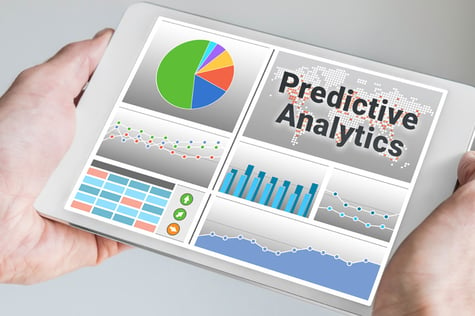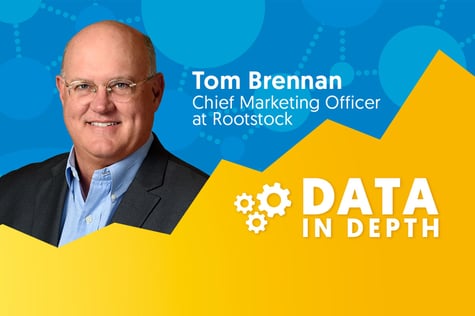In our last blog, we discussed how predictive analytics is the use of data, statistical algorithms and machine learning techniques to identify the likelihood of future outcomes based on historical data. The goal is to go beyond knowing what has happened to providing a best assessment of what will happen in the future. Predictive analytics has become essential for manufacturers in all sectors to leverage the potential of their data to increase revenues, accelerate profits, lower costs and stay competitive.
Most ERP systems will provide the data that can be used to perform analytical operations. Importantly, you can find predictive analytic software packages designed to integrate with your ERP system, some quite easily. Most importantly, cloud ERP is set up to store all that data. Instead of purchasing equipment just to store data, the cloud does it for you.
Leveraging ERP Data
In most businesses, the Pareto rule (often called the 80-20 rule) applies to customers and products. Normally, a minority of customers are responsible for a majority of profits. Likewise, for many companies a minority of their products provide a majority of their profits. When plotted onto a line chart, these items that are of most interest often lie at the end of the chart away from the major grouping of others—hence the term outlier.
For example, finding those 80/20 products is one use of predictive analytics. However, keeping track of how they change over time is the more important impact of predictive analytics. Given the right tools and the ability to use them, data from your ERP system can be invaluable in making critical business decisions. In effect, by analyzing the past in detail you can gain insights into the future of your business.
Thus, ERP plays a large role in predictive analytics because the manufacturing ERP database is a rich source of data for analysis. In most ERP systems, it is easy enough to run a report showing the products listed by margin. Some systems also include customer profitability reports. In many cloud ERP systems, these are somewhat suspect because they often do not appropriately burden product cost.
Running predictive analytics on top of ERP data results in generating more profit from customers. It allows analysts to allocate costs in different ways because it works outside the ERP system but still uses ERP data as the basis. Running the model repeatedly is good, but analyzing how products or customers move into and out of profitability outlier status is more helpful. Predictive analytics systems can even predict when customers or products move into or out of the outlier categories.
Another frequent use case is predictive maintenance to avoid unplanned production stops and maintenance, lowers costs and improve planning and reliability. This can be as simple as discovering that a gear needs maintenance every 1.5 million rotations. The line supervisor can keep track so that the gear undergoes maintenance when the line is shut down prior to that level – but not shut down because of an overheated gear.
Quality assurance data can be vitally important. Production issues can be detected very early and production processes can be optimized. To lower overhead and run more efficiently, this data can be used to identify potential risks that might impact future productions. It is important that future developments be predicted accurately and costs stabilized. Interruptions in the supply chain can lead to great problems and costs when compliance can’t be fulfilled or production isn’t at full capacity. Analyzing ERP data can help manufacturers and distributors avoid such situations.
How Cloud ERP Users Can Benefit
As discussed in this blog, ERP applications are one of the most comprehensive repositories of operational data and, by tapping into this data, managers and executives can identify opportunities to meet and surpass their business expectations. There is no larger application than ERP for Manufacturing and Distribution and adding analytics accentuates the value of these types of systems.
For example, Rootstock’s cloud ERP system provides its users with a detailed overview of their business with over 600 objects and 15,000 fields. Leveraging a new application, powered by Salesforce Wave Analytics, makes it very easy to access this data in a visually intuitive manner and drill down to discover and act on the insights contained in one’s business data. It is a natural extension to Rootstock’s class-leading ERP for manufacturers and distributors and will enable Rootstock customers to derive even greater value from its solutions.
We will detail that in our next blog.







